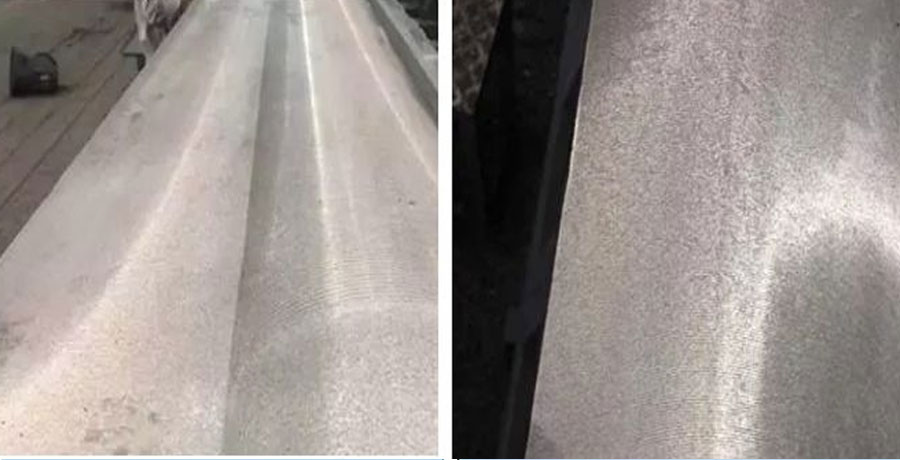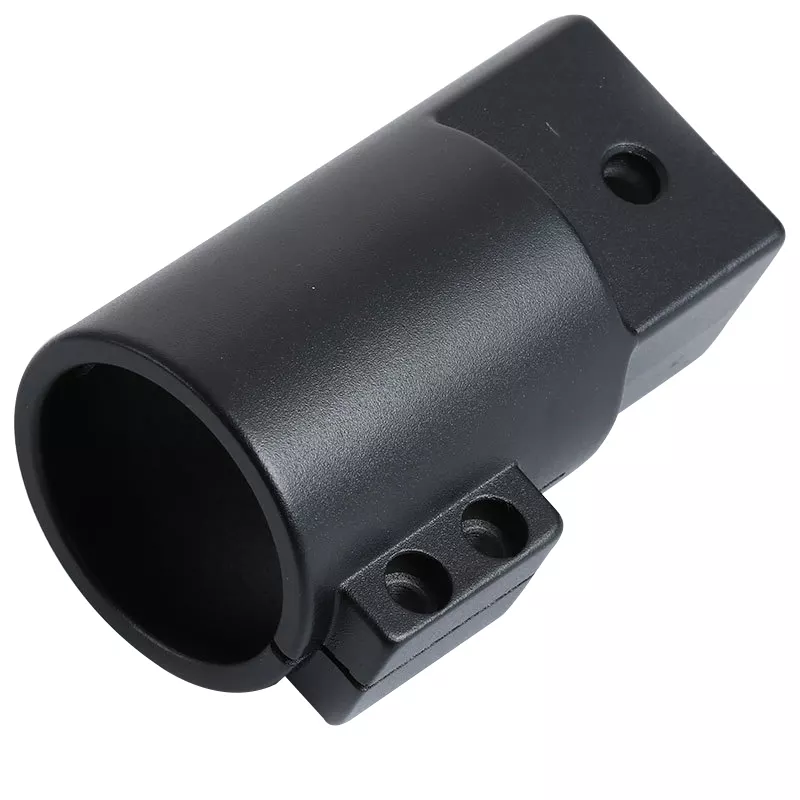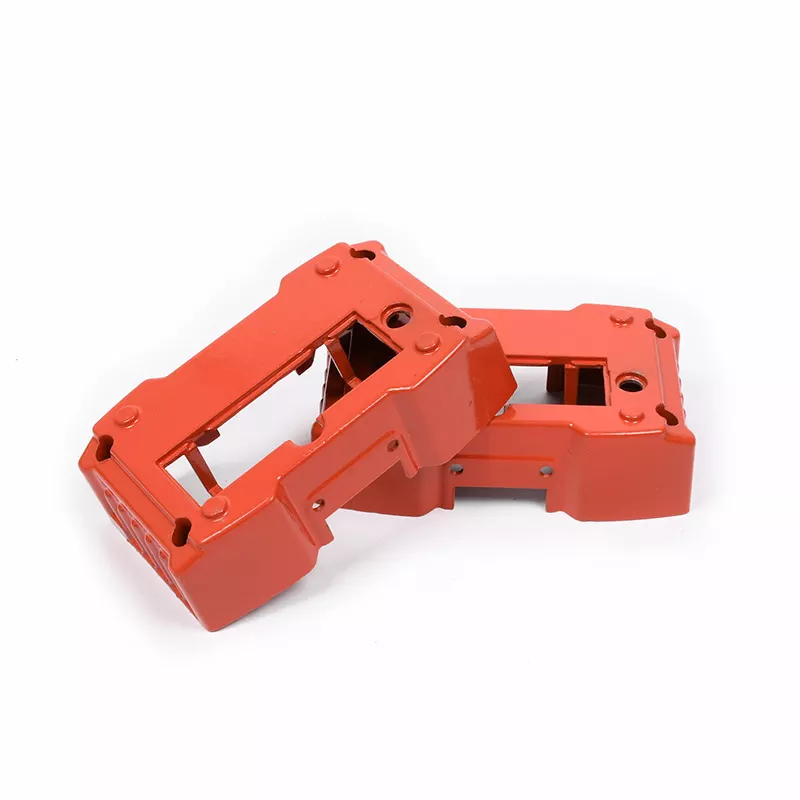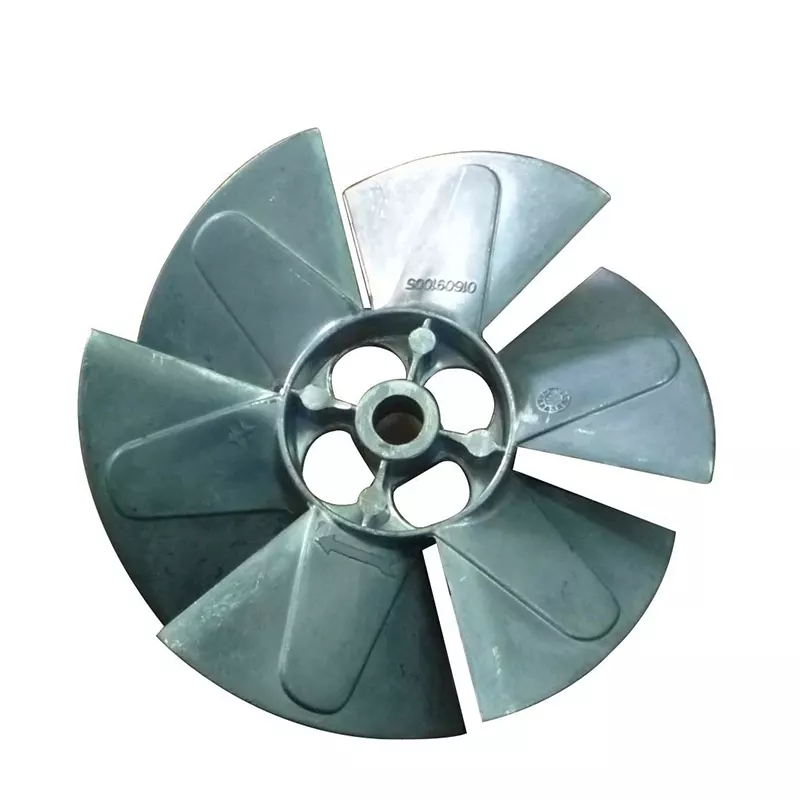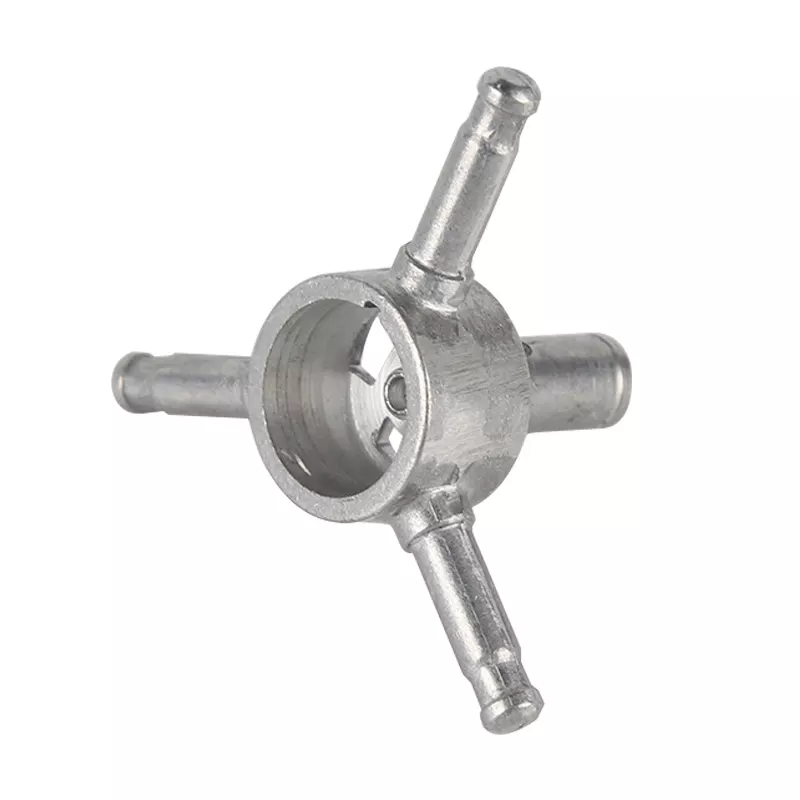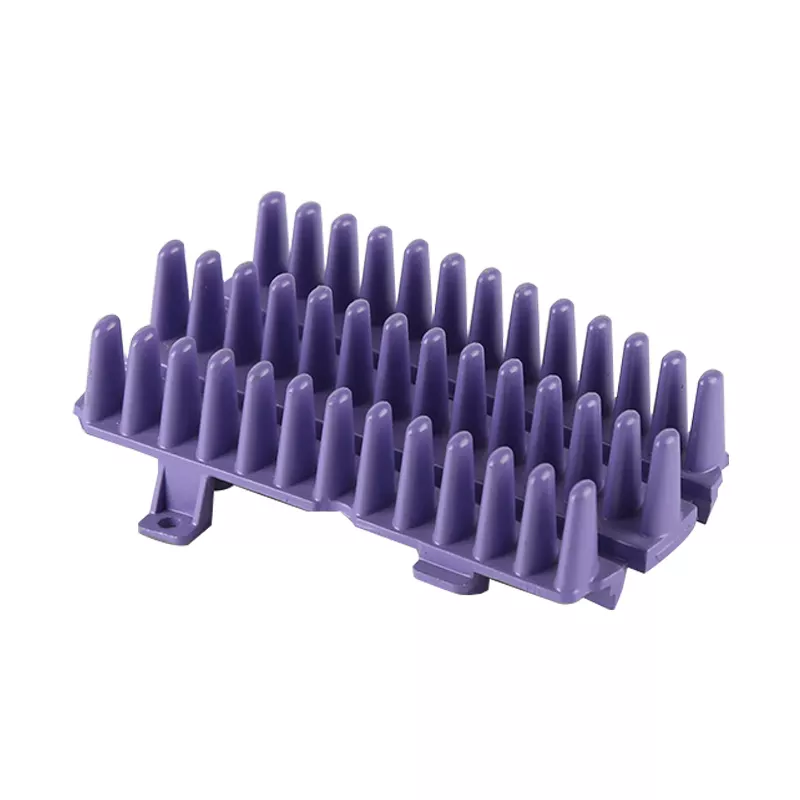Furan resin sand is generally used as the molding material for large-scale ductile iron castings produced in China. It is produced in a single piece, with heavy pouring weight and complex structure. It has high requirements on the quality and performance of castings. Some casting defects, especially shrinkage defects, often appear in the smelting process. It will cause the casting to be scrapped and cause major economic losses, especially the QT400-18AR material, which has high strength, high elongation, and impact value requirements.
While ensuring the mechanical properties of such thick and large parts, it is not easy to avoid graphite floating and shrinkage defects. Through the design of sample experiments, Elkem’s analytical equipment was used to study the effects of chemical composition and pouring temperature on the graphite floating, shrinkage and other defects of the solid sample with a wall thickness of 180mm. It is then applied to the production of ductile iron thick-walled parts to obtain good quality castings.
Equipment and materials are prepared for self-use high-purity pig iron, pure low-manganese scrap, high-magnesium spheroidizing agent, 75#FeSi inoculant; Elkem low-magnesium spheroidizing agent, inoculant; 1.5 tons of intermediate frequency melting furnace, 500kg spheroidizing bag, 500kg tundish. Elkem EPIC thermal analyzer, carbon and sulfur analyzer, spectrometer. The size of the solid sample wooden model is 600mm×400mm×180mm, and the process is trial-produced. The wall thickness of 180mm is used to cover the thick and large spheroidal graphite cast iron products produced by the company. It is quite representative. It is equipped with a riser and sprue system and adopts bottom pouring with a pouring weight of 500kg.
The smelting and pouring plan is designed to use a 1.5t smelting intermediate frequency furnace to melt 1.5t molten iron, 500kg each time spheroidizing inoculation, and pouring 1 box of small sample test pieces. A total of 3 boxes of test pieces were poured into 1 furnace. Different smelting and pouring schemes are designed as follows:
The first scheme charge ratio:
85% pig iron, 15% low-manganese steel scrap; chemical composition control: adopt spheroidizing inoculation treatment plan: firstly, 500kg iron is delivered to the tundish, and 1.3-1.5% high-magnesium spheroidizing agent, 0.3-0.4% inoculant and inoculant are embedded in the spheroidizing bag 0.8% covering agent, invert the bag for spheroidization. After the spheroidization process is completed, the inner surface of the bag is poured into the flow inoculant and completely smashed, and then the sample is analyzed and tested with the EPIC instrument. 1.2% Elkem spheroidizing agent, 0.8-1.0% covering agent, and 0.4% glass cullet are embedded in the spheroidizing bag, and iron is directly discharged into the spheroidizing bag, and 0.5% Elkem inoculant is put in at the same time. After the spheroidization is completed, the Elkem follow-up inoculant sprinkled on the surface will be sampled and analyzed using an EPIC instrument.
1.2% Elkem spheroidizing agent, 0.8-1.0% covering agent, and 0.4% glass cullet are embedded in the spheroidizing bag, and iron is directly discharged into the spheroidizing bag, and 0.5% Elkem inoculant is put in at the same time. After the spheroidization is completed, the Elkem follow-up inoculant sprinkled on the surface will be sampled and analyzed using an EPIC instrument.
The second scheme charge ratio: 65% pig iron, 35% low manganese scrap; chemical composition control:
Adopting the spheroidizing inoculation treatment plan: direct 500kg of iron to the tundish, embedded 1.2% Elkem nodulizer, 0.8-1.0% covering agent and 0.4% glass cullet in the spheroidizing bag, and direct iron to the nodularizing bag. Put in 0.5% Elkem inoculant. After the spheroidization process is completed, put Elkem's flow-through inoculant on the inner surface of the bag, smash it out completely, and use EPIC instrument for sampling for analysis and testing.
500kg of iron can be tapped directly to the tundish, and 0.95% Elkem low-magnesium spheroidizing agent, 0.65% Elkem covering agent, 0.2% steel scrap and 0.1% slag remover are embedded in the spheroidizing bag, and the iron can be tapped directly to spheroidizing package. After the spheroidization is completed, the Elkem follow-up inoculant is sprinkled on the surface, completely smashed, and the sample is analyzed and tested with an EPIC instrument. Directly tap 500kg of iron to the tundish, and the spheroidizing bag is embedded with 1.2% Elkem nodulizer, 0.3% covering agent, 0.2% Elkem inoculant, 0.5% steel scrap and 0.1% slag remover, directly out Iron into the spheroidizing bag, and at the same time put 0.35% of Elkem inoculant.
After the spheroidization is completed, the Elkem follow-up inoculant is sprinkled on the surface, completely smashed, and the sample is analyzed and tested with an EPIC instrument. The third plan is the ratio of charge: 65% of pig iron, 35% of scrap; control of chemical composition:
The spheroidization inoculation treatment plan is adopted: 500kg of iron is directly tapped to the tundish, 1.2% Elkem low-magnesium spheroidizing agent, 0.8% covering agent and 0.1% slag remover are embedded in the spheroidizing bag, and iron is tapped directly to the spheroidizing bag. At the same time, 0.55% of Elkem inoculant was put into it. After the spheroidization process was completed, Elkem's flow-through inoculant was put on the inner surface of the bag, which was completely smashed, and the samples were analyzed and tested with EPIC instrument. Directly tap 500kg of iron to the tundish, embedded 1.2% Elkem low-magnesium spheroidizing agent, 0.8% Elkem covering agent, and 0.1% slag remover in the spheroidizing bag, directly tapping iron to the spheroidizing bag, and at the same time invest 0.55% Elkem inoculant. After the spheroidization is completed, the Elkem follow-up inoculant sprinkled on the surface is completely smashed, and the sample is analyzed and tested with an EPIC instrument. Directly tap 500kg of iron to the tundish, and pre-embed 1.2% Elkem low-magnesium spheroidizing agent, 0.3% covering agent, 0.2% Elkem inoculant and 0.1% slag remover in the spheroidizing bag, directly tapping iron to spheroidizing Package, while putting in 0.35% Elkem inoculant. After the spheroidization is completed, the Elkem inoculant sprinkled on the surface is completely smashed, and the sample is analyzed and tested with an EPIC instrument. Experimental detection methods and analysis methods The carbon and sulfur content of molten iron is detected by a carbon and sulfur detector, and the content of alloys such as P, Mn, and Cu is detected by a spectrum analyzer; the cooling curve of different chemical compositions in front of the furnace is detected by Elkem EPIC equipment. For example, LET (liquid phase transition temperature), CE (actual carbon equivalent), G1, G2, and G3 have different interval values. Test results and discussion Results and discussion of the first scheme:
According to different processing methods, the detected EPIC images are as follows:

Curve 1: The curve of the first furnace original molten iron ash mouth sample Curve 2: The result curve of the first furnace program A
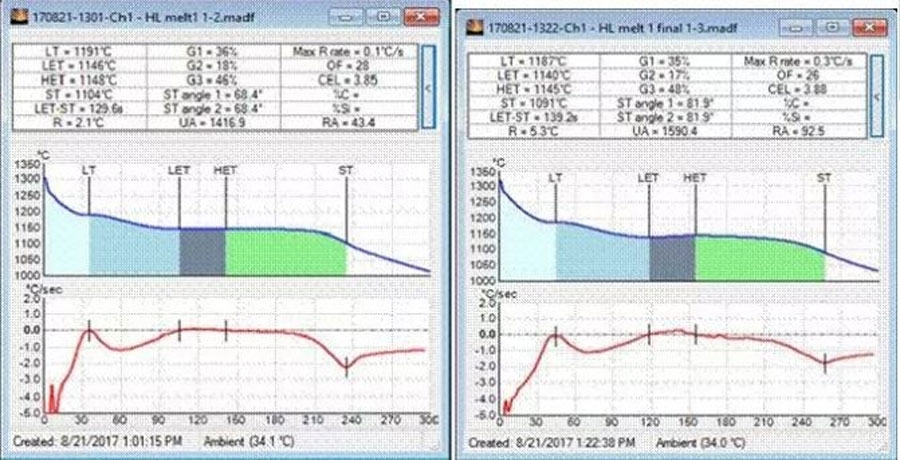
Curve 3: the result curve of the first furnace scheme B curve 4: the result curve of the first furnace scheme C
Results and discussion of the second option
According to different processing methods, the detected EPIC images are as follows:
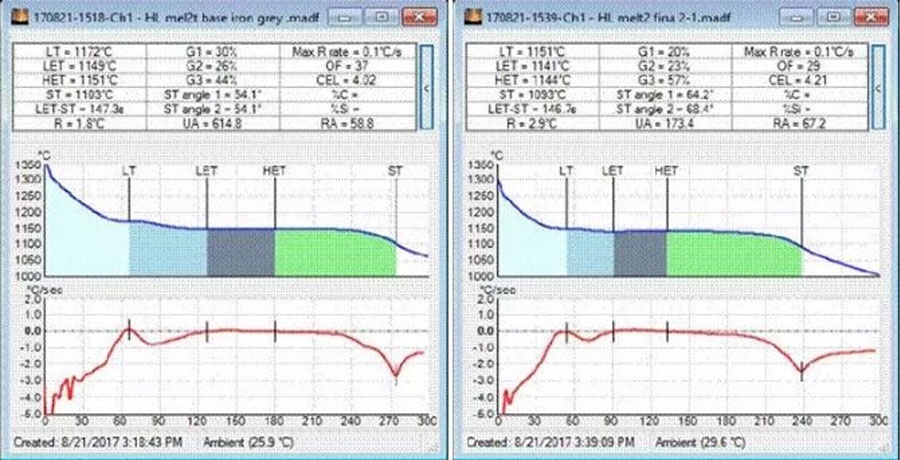
Curve 5: The curve of the second furnace original molten iron ash mouth sample Curve 6: The result curve of the second furnace program A
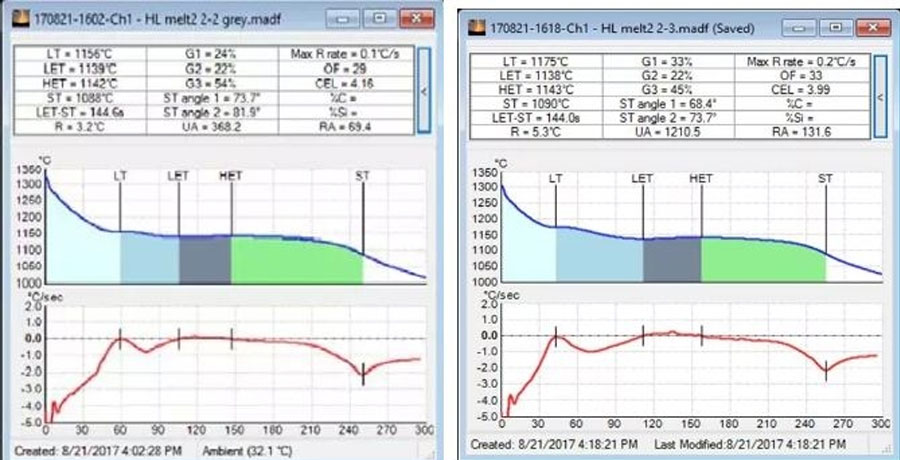
Curve 7: The result curve of the second furnace program B Curve 8: The result curve of the second furnace program C
Results and discussion of the third option
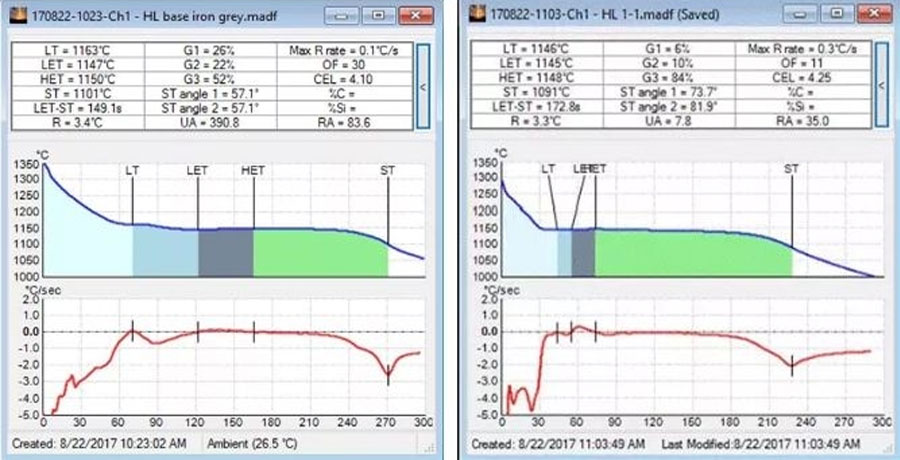
Curve 9: the curve of the third furnace original molten iron ash mouth sample Curve 10: The result curve of the third furnace program A
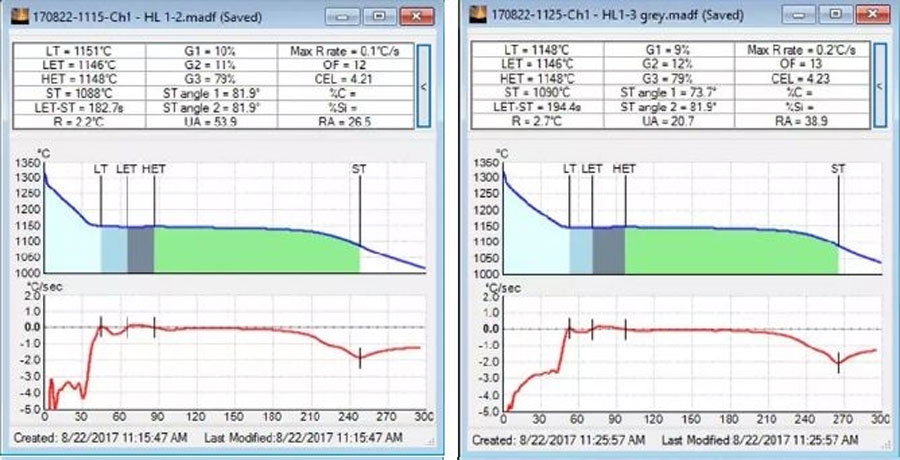
Curve 11: The result curve of the third furnace plan B
Curve 12: The result curve of the third furnace plan C
The LET value of the original molten iron of the second furnace is higher than that of the first furnace, and the G1 value is smaller than that of the first furnace. Through adjusting the charge ratio of the second and third furnaces, replacing pure low-manganese scrap with lump steel, the LET value is close, and the G1 value is significantly reduced after the recarburization. Therefore, increasing the carbon content can improve the nucleation ability of the original molten iron and reduce.
The shrinkage tendency has little change with the type of scrap. The proper spheroidizing inoculation treatment process is obtained by comparing the first furnace A plan with the B plan and the C plan. The factory's own spheroidizing agent and inoculant adopt the existing treatment method, and the shrinkage tendency and nucleation ability of the molten iron are better. Poor; According to the second furnace plan A, plan B and plan C, when the spheroidizing agent dosage is 1.2% and the inoculant dosage is 0.5, the treatment effect is the best, and the difference between pre-embedded and tapped input is not big; passed Comparing the third furnace schemes A, B, and C, there is no obvious difference in the effects of the three treatment schemes.
The cause of the change is the CE value of the original molten iron. In short, with high CE value (C3.7-3.9, Si2.1-2.4), using Elkem nodulizer inoculant, dosage of nodulizer 1.2%, Elkem inoculant 0.5% and flow inoculant can get high shape The molten iron with nuclear capability and low shrinkage tendency makes it easier to obtain ductile iron castings that meet the quality requirements. Application conclusions for production Use sample test conclusions for the production of ductile iron thick-walled parts. The plan is as follows: melting weight 20t, charge ratio pig iron 65%, scrap steel 35%, Elkem nodulizer 1.2%, Elkem inoculant 0.5%+with Flow inoculant, the original molten iron C3.7-3.9, Si2.2-2.5, Mn≤0.3, P≤0.05, S<0.02, for production, take the casting test bar attached to the casting for testing, and dissect and observe the casting body . After the dissection, the processing surface was inspected, and there was no graphite floating and shrinkage defects after processing, and the program was successful.
